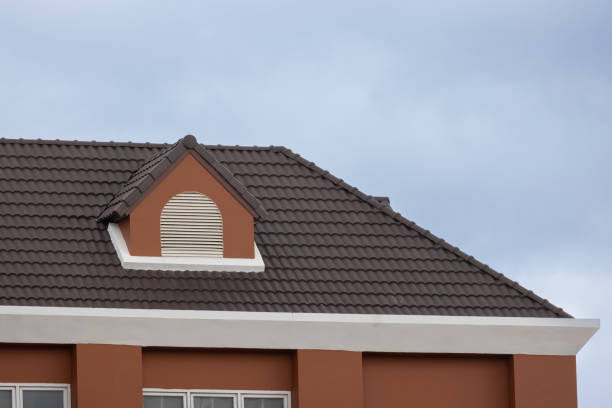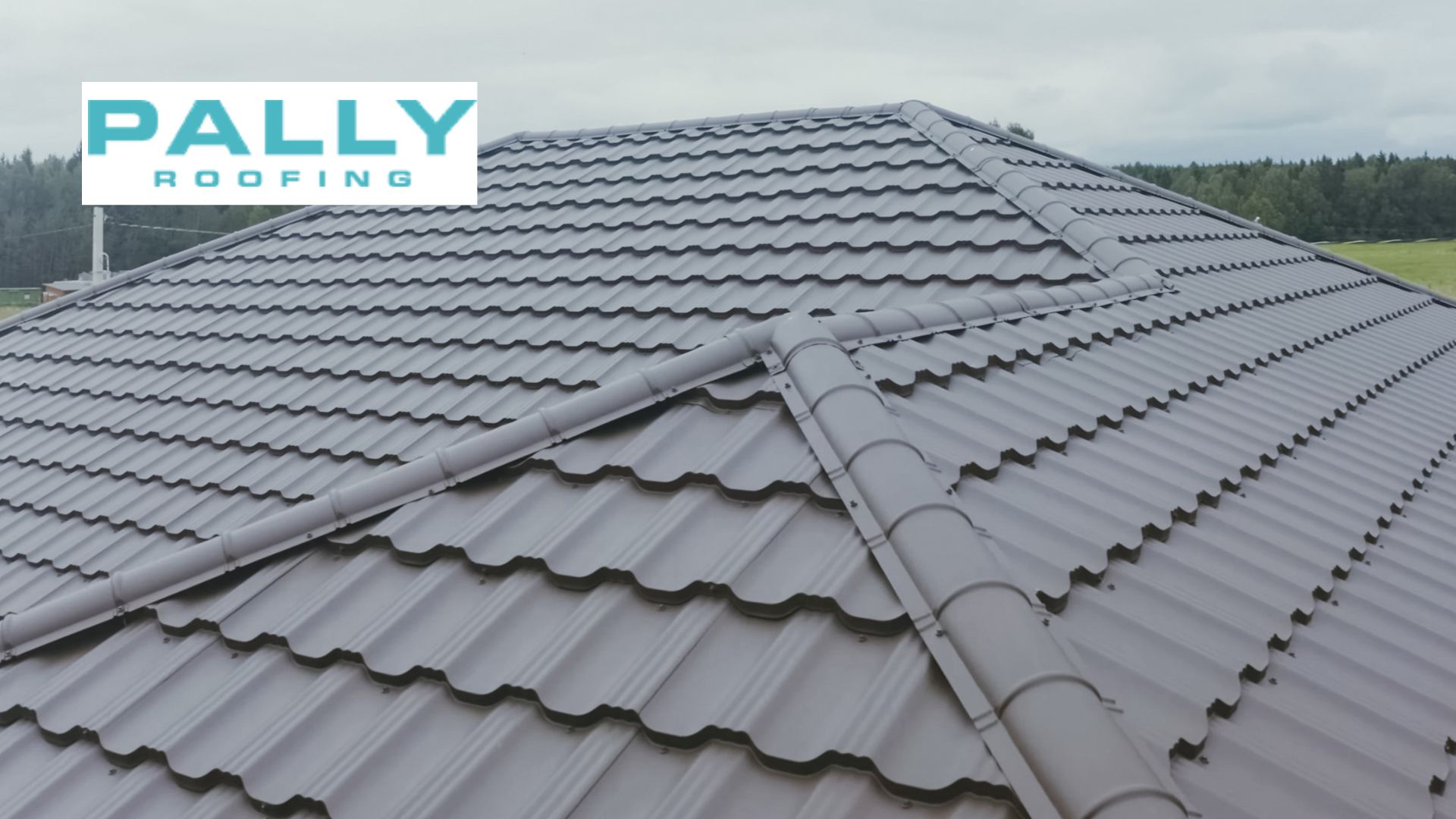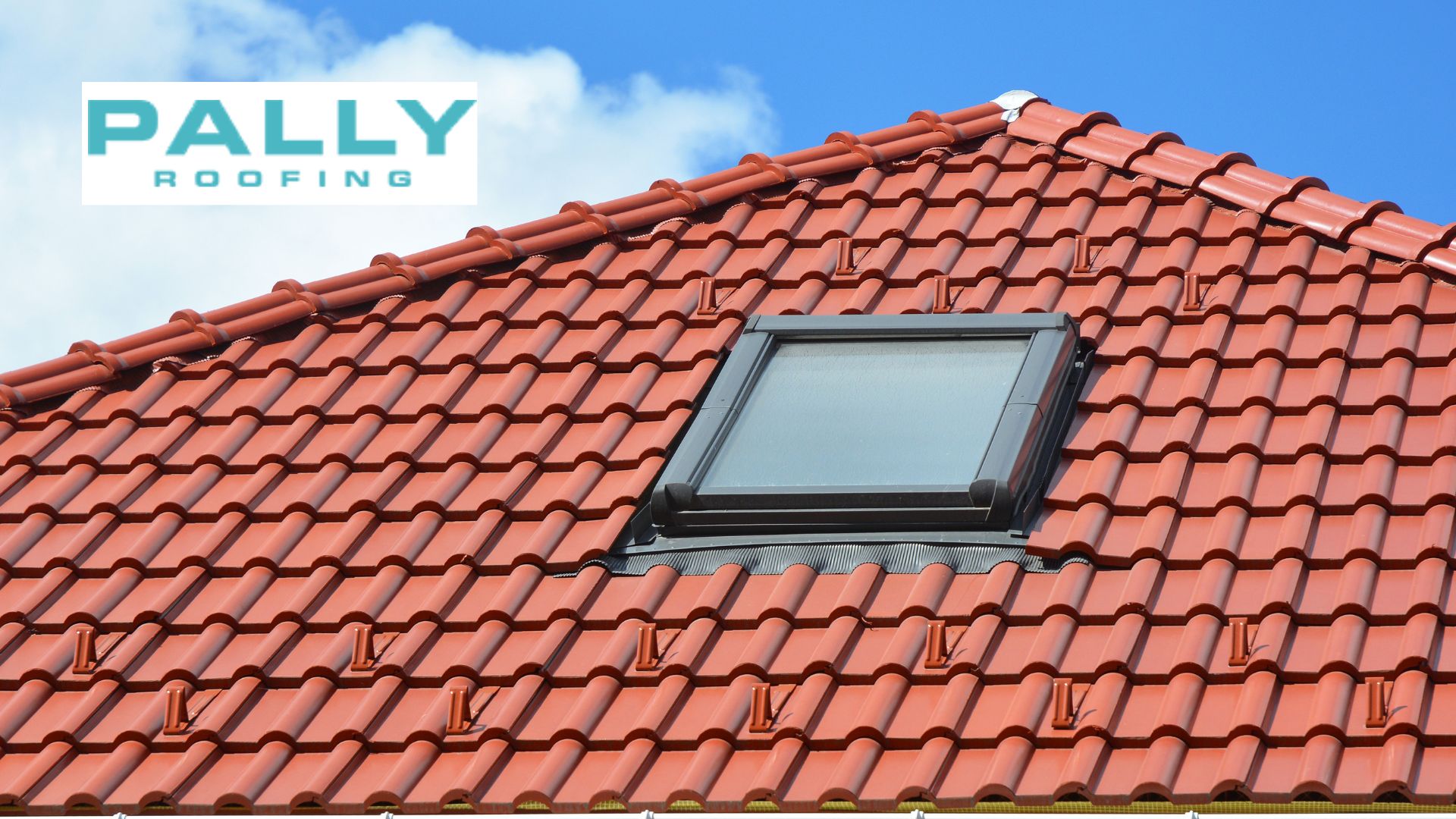Last updated on August 28th, 2024 at 09:27 am
What Everyone Should Know About Foam Roofing and Its Benefits
Are you considering replacing the roof of your residential or commercial property? If so, then foam roofing is something you should consider. Foam roofing offers a plethora of benefits that make it an ideal solution for a variety of applications. Not only does it look great, but it’s also durable and can save you money in the long run – not to mention time! In this blog post, we’ll explain what foam roofing is and provide an overview of its various benefits so you can determine if this type of roof system is right for your building. Read on to learn more about how choosing foam could be a smart choice for your next project.
The Basics of Foam Roofing – What It Is and How It Works
Foam roofing may not be as well-known as other roofing options, but it’s a popular choice due to its effectiveness and cost-efficiency. Essentially, foam roofing is created by applying a mixture of liquid chemicals to the roof’s surface, which then reacts and expands into a foam layer. This foam layer provides insulation and protection against the elements, making it a great option for both residential and commercial buildings. Foam roofing is also eco-friendly and can be easily maintained, making it a smart and sustainable choice for those looking to improve their building’s energy efficiency. Overall, foam roofing may not be the first option that comes to mind when considering a new roof, but its innovative technology and benefits make it a valuable option to consider.
Advantages of Foam Roofing – Durability, Cost-Effectiveness and More
Foam roofing has quickly gained popularity for its advantages over other roofing materials. One of the main advantages is its superior durability. Foam roofs can withstand harsh weather conditions such as high winds and heavy rains, making them perfect for areas that experience extreme weather. Additionally, foam roofing is cost-effective as it can last for up to 50 years with proper maintenance, saving homeowners money on future repairs and replacements. The foam material is also lightweight which makes roof installation easy and faster, ultimately reducing installation costs. Moreover, foam roofing provides excellent insulation which helps maintain comfortable indoor temperatures and reduces energy bills. With its many advantages, it’s no wonder why foam roofing is a top choice for homeowners and commercial property owners alike

Installation and Maintenance Tips for Foam Roofs
When it comes to installing a foam roof, it is crucial to ensure that the job is done correctly. The foam must be applied evenly and in the proper thickness to provide the best protection and insulation. To achieve this, it’s advisable to hire a professional roofing contractor with experience in foam roofing installations.
Once your foam roof is installed, regular roof maintenance is vital to extend its lifespan and keep it in optimal condition. This includes inspecting the roof periodically for any signs of wear or damage, such as cracks or blisters. If these are detected, a prompt repair is necessary to prevent further damage. Cleaning is also essential – remove any debris like fallen leaves or branches, and wash the roof with a mild detergent to prevent the growth of algae or moss.
Additionally, recoating the foam roof every five to ten years can help to maintain its reflectivity, which keeps the building cooler and saves on energy costs. This recoat process reinforces the foam’s protective layer and ensures that your roof continues to perform effectively and efficiently for years to come.
Different Types of Foam Roofs – Which is Right for Your Home or Business
Foam roofing is becoming increasingly popular due to its energy efficiency, durability, and cost-effectiveness. However, with the different types of foam roofs available, it can be challenging to choose which one is right for your home or business. Spray polyurethane foam (SPF) roofs provide excellent insulation and weather resistance, making them a great option for areas with extreme temperatures. On the other hand, open-cell foam roofs are slightly more affordable and absorb sound, making them ideal for commercial and residential buildings in noisy areas. Finally, there are elastomeric foam roofs, which are highly resistant to weather and can withstand heavy foot traffic. Ultimately, the best foam roof for your property will depend on several factors, such as location, budget, and building structure.
Common Problems with Foam Roofing & Solutions to Consider
Foam roofing has been a popular choice for commercial and residential buildings for many years. However, like any roofing material, foam roofing can face its fair share of issues. One common problem is that foam roofs can develop cracks over time, typically due to exposure to harsh weather conditions. Another issue is that foam roofs may become discolored, which can impact the aesthetic appeal of your home or commercial building. Fortunately, there are solutions to these problems! For cracks, it is recommended to have a professional contractor perform repairs and resealing. As for discoloration, consider having your foam roof professionally cleaned to restore its original color and vibrancy. By taking care of these common issues, you can help extend the lifespan of your foam roof while ensuring that it remains structurally sound and visually appealing.
Foam roofing is a great choice to enhance building energy efficiency. It offers durability, low maintenance, cost-efficiency, and eco-friendliness. As foam roofs gain popularity in residential and commercial buildings, understanding their benefits helps make an informed decision for your property.
https://www.google.com/maps?cid=9867860538458984182
Author
-

With more than 16 years of hands-on experience, Phillip Schmucker is the knowledgeable owner of Pally Roofing. His dedication to superior roofing services has earned him a reputable place in the industry. Phillip also shares his extensive expertise through writing, providing readers with practical tips and professional advice on various roofing topics. Follow him on LinkedIn.
View all posts






